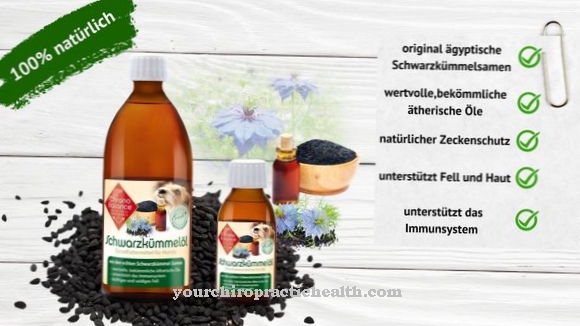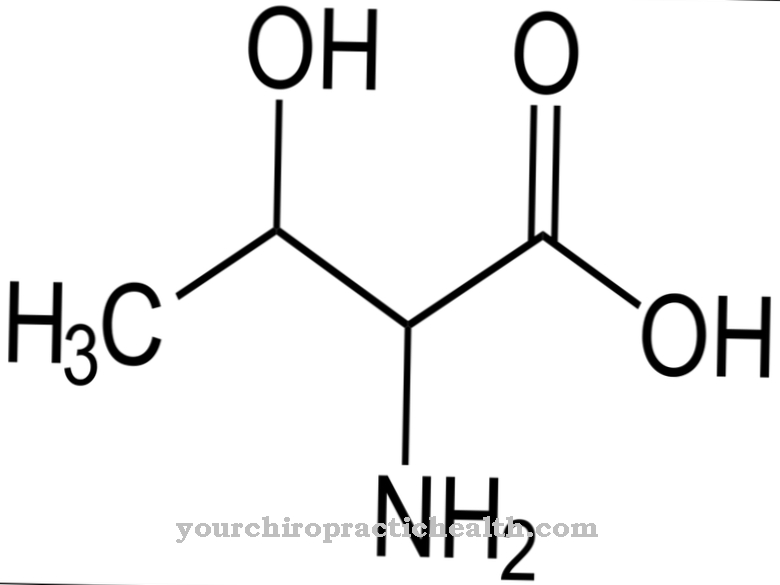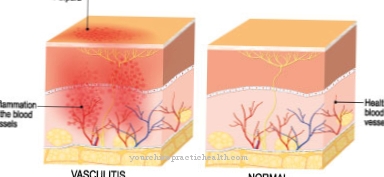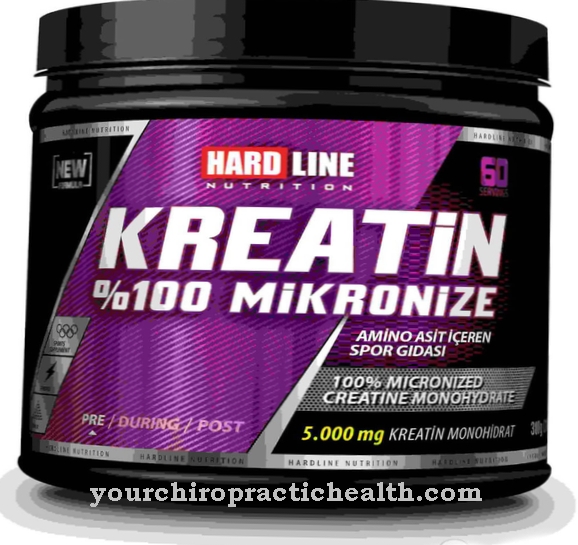Most people underestimate the power of the sun. As soon as the first warm rays reach the earth, many lightly dressed storm out to sunbathe. Few people are aware of the dangers posed by UVA and UVB radiation. It is therefore of fundamental importance to find the best possible protection for your own skin type and the appropriate one Skin care for the summer time.
Which skin type needs which sunscreen?
in the Summer to find the right skin care cream for youis not always easy. Dermatology distinguishes between four skin types:
- Skin type I is characterized by very pale skin, light eyes, red or blonde hair and often freckles. The self-protection time of this skin type is a maximum of five to ten minutes, so sun protection factors 40 or 50+ are recommended.
- People with skin type II have blond hair, blue or green eyes and also light skin. You can stay in the sun for about ten to twenty minutes without any protection, so a sun protection factor of 25 to 40 is sufficient.
- People with gray or brown eyes, brown hair and a medium complexion belong to skin type III, whose self-protection time is already 20 to 30 minutes. A sun protection factor of 25 is completely sufficient here; lower values may also be sufficient. The person concerned must find this out for himself and decide.
- Creams with a sun protection factor between 10 and 20 are recommended for skin type IV, as this has a naturally dark skin color in addition to black hair and dark brown eyes. This also means that natural sun protection is greatest for this skin type; it can stay in sunlight for up to 40 minutes without protection.
Avoid midday heat
The sun shines at lunchtime with its greatest intensity, which is not only expressed in unbearable heat, but above all in an extremely increased risk of sunburn or sunstroke. In order to avoid this danger, it is advisable to stay indoors or at least - naturally creamed - in the shade between 11 a.m. and 3 p.m. This means that up to 75 percent of harmful UVB radiation can be avoided.
Wear protective clothing
Ultraviolet radiation is able to penetrate textiles. It is therefore important to apply sunscreen to the areas that are covered by clothing and, if necessary, to wear suitable protective clothing. Similar to sun creams, this has a value that provides information about the factor by which a person can be exposed to sunlight for longer.
While the sun protection factor for sun creams is usually a maximum of 50, UV protection factors of up to 80 can be achieved with appropriate clothing. This additional measure is especially recommended for sensitive skin types I and II.
Breaks for the skin
Contrary to the belief that regular re-creaming renews the time spent in the sun, the self-protection time extended by the sun protection factor actually applies once for the entire day. Applying lotion several times on the same day if the skin comes into contact with water, sand or sweat is still necessary to restore protection.
However, no one who applies sunscreen with SPF 20 twice a day will be able to stay in the sun twice as long. It is therefore necessary to give the skin regular breaks in the shade or in the house. The maximum length of stay should never be fully exhausted; especially not in one piece.
Be careful with perfume
Certain substances cause so-called phototoxic reactions on the skin when they come into contact with sunlight, which lead to sunburn-like symptoms such as itching or burns. These include, above all, the furocoumarins contained in plants. Since these or similar plant substances are often added to perfumes, spraying them on before sunbathing should be avoided in any case. In addition to burns, such poisoning of the skin can also cause allergies or, in the worst case, even cause cancer.
Caution skin cancer: check the skin regularly
However, this can already be triggered by ultraviolet radiation alone, i.e. without an additional phototoxic reaction. To prevent this from happening, it is important to see a dermatologist regularly. Even small abnormalities in the skin's appearance are to be taken seriously, because even inconspicuous marks can hide a preliminary stage of skin cancer.
Drinking a lot helps prevent dehydration
In order to protect the skin from drying out from the inside as well, an adequate supply of the body with fluids is essential. Since the largest human organ consists of around 80 percent water and stores around a third of all fluid in the body, dehydration from high levels of sunlight and excessive sweating is particularly dangerous.
Oral water supply, however, stimulates the entire metabolism of the skin after only ten minutes, supplies it with oxygen and allows it to blood better. This keeps it firm and fresh. For optimal support of the skin, an intake of at least 1.5 to 2 liters of fluid per day is necessary.
Sensitive skin needs special care
Preventive sun protection is often inadequate for people with particularly sensitive skin. As a result, they often have to use special "after sun" creams that cool and relax the skin after sunbathing. But a cold shower, quark or yoghurt also relieve irritation and inflammation of susceptible skin in a natural way.
It is also advisable not to use fragrances, as these put additional stress on the skin. Anyone who tends to have dry skin should avoid excessive contact with water and soap and use moisturizing washing lotions and creams with natural ingredients.








.jpg)













.jpg)



.jpg)
